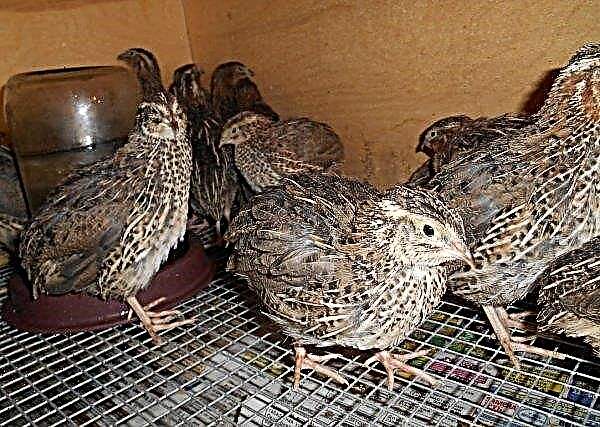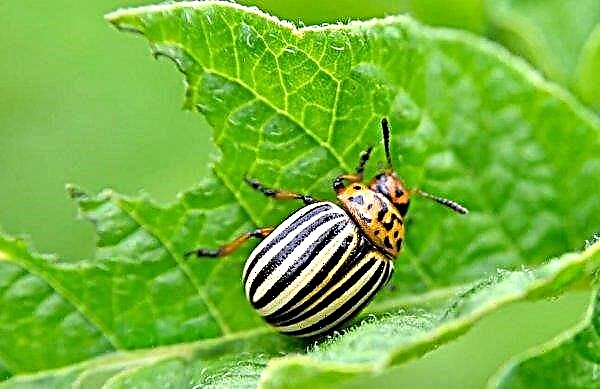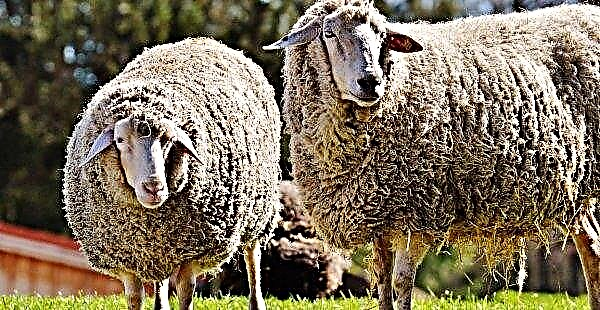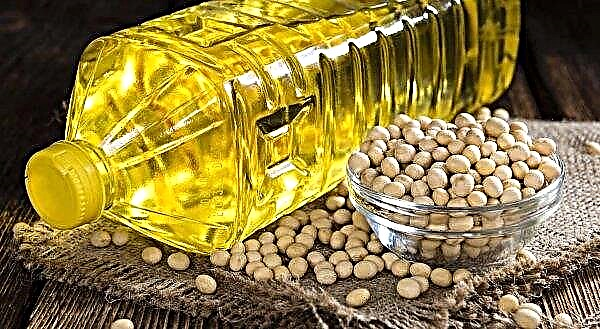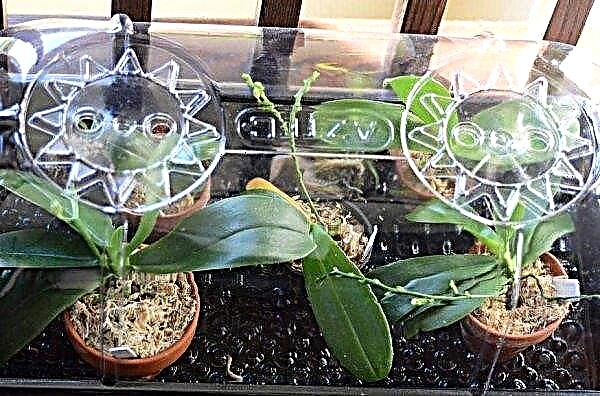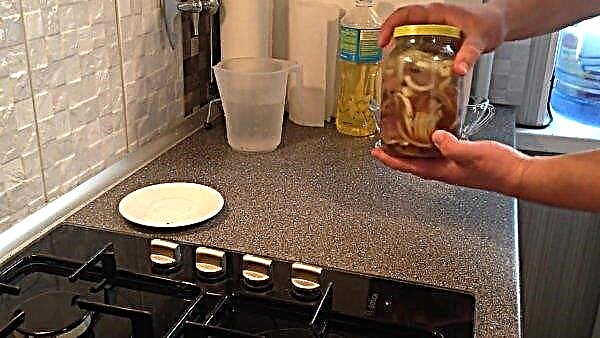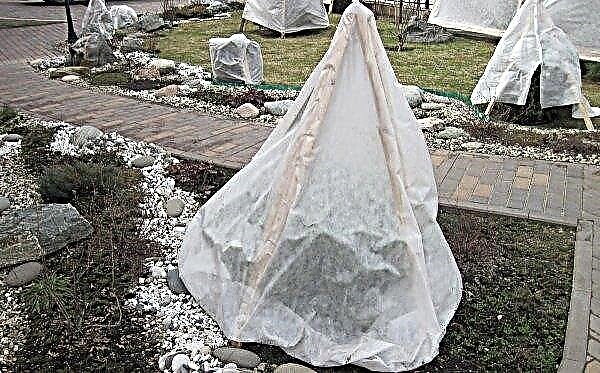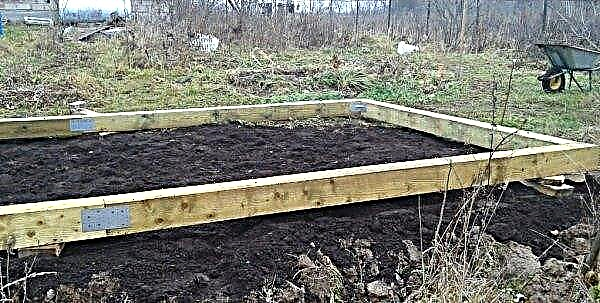Almost all domestic summer residents grow carrots in their area. But not everyone grows large, beautiful and sweet. Despite the fact that this culture came to us from southern countries, it is also well cultivated in regions with a cool climate. What does a summer resident need to do to get a good harvest, and also what varieties should be chosen, further in our material.
Factors affecting the quality of the root crop
To get a good crop of carrots, she needs the right care. For example, several factors influence crop productivity and the quality of its fruits.
The predecessors in the garden
Of considerable importance is the order of growing vegetables in one area. So, ideal crops growing before carrots are:
- Tomatoes
- onion and garlic;
- potatoes;
- cucumbers
- cabbage.
It is forbidden to plant a crop after:
- parsley;
- sowing parsnip;
- dill;
- celery.
 It is not recommended to cultivate carrots in the same place, withstand at least 5 years
It is not recommended to cultivate carrots in the same place, withstand at least 5 years
Seat selection
To grow a sweet, tasty carrot, it is planted in a well-lit, level place. Shaded areas will cause deterioration in taste and lead to loss of yield.
Important! The territory for placing carrot beds should be lit all day by the sun.
Soil preparation
An important factor for good productivity is the composition of the soil. Light, sandy or loamy soils with low or neutral acidity are recommended for growing carrots. On clay, heavy soil, it will not work to grow the desired crop - root crops will grow small and deformed.
The crop grown on improper soil will be unsweetened and with roots covered with roots. Before the spring planting (in autumn), potassium and phosphorus are added to the soil - their lack affects the shape of the fruits, making them ugly and small.

Optimal landing time
In the spring, sowing of carrot varieties with early ripening is carried out when the soil warms up to + 3 ... + 5 ° C. The first shoots appear after 20-30 days. But experienced gardeners argue that the vegetable should be planted at soil temperature + 8 ... + 10 ° C. Then the seedlings will hatch on the 12-15th day.
Sowing winter carrots is carried out in October-November. Such operations are acceptable for the middle zone of the Russian Federation.
Important! Before the end of October, sowing carrots is not recommended - it will sprout and die during the first frosts.
Feeding and watering
So that the future crop does not have a pale appearance, the plant is regularly watered and fertilized. Watering young plants in clear weather is performed 1-2 times a week at the rate of 3-4 liters per 1 m². Later, when the carrot grows up, the frequency and intensity of soil moisture are reduced (once a week at the rate of 10–20 l per 1 m²).
They feed the culture infrequently, only 2-3 times a season. It is especially important to fertilize poor soils. The first introduction of fertilizers is carried out 13-15 days after the appearance of seedlings. Use this mixture:
- potassium nitrate - 20 g;
- urea - 15 g;
- concentrated phosphorus fertilizer - 15 g;
- water - 10 l.

The second time the soil is fertilized after another 13-15 days. Prepare the following composition:
- potassium chloride - 20 g;
- full mineral fertilizer - 20 g;
- water - 10 l.
If the nitrogen in the soil is not enough (and this is determined by the poor development of the culture and pale foliage), it is fertilized with mullein or bird droppings (1 liter per bucket of water). You can add a little urea to the solution.
Important! Fertilizing carrots with fresh manure is not recommended. Such top dressing attracts pests, and the fruits are obtained in wormholes.
Extra-root top dressing (potassium chloride 30 days before harvesting) will help to get a large crop and increase the fruit life.
In addition, they make sure that the top of the fruit is not exposed. Otherwise, the accumulation of solanine occurs, and the fruits begin to bitter.
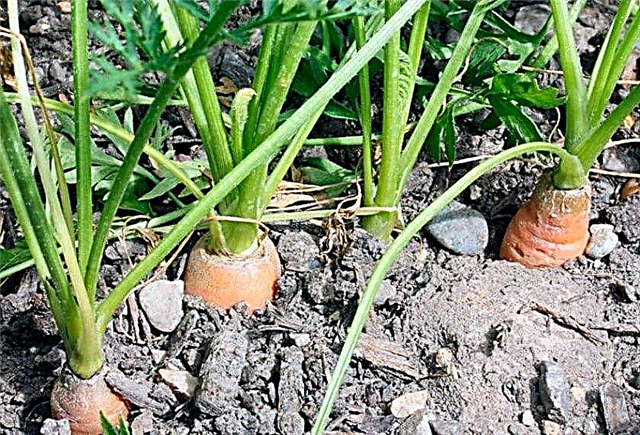 To make the crop sweet, you can feed the soil with wood ash (100 g per 1 m²)
To make the crop sweet, you can feed the soil with wood ash (100 g per 1 m²)
Weed and Pest Control
In order not to wonder why the crop was unsweetened, you should systematically pay attention to the soil. The proximity of weeds negatively affects root crops, so they are harvested immediately after germination.
In addition, it is necessary to control the condition of plants: pests can not only give the crop an unpresentable appearance, but also harm the fruits.
Did you know? Excessive and constant use of carrots can change the color of the skin - it will turn orange. This property is used by employees of some zoos in order to preserve the color of plumage of flamingos. Under natural conditions, these birds eat crustaceans, and in captivity - carrots.
The main enemy of culture is a carrot fly. Her presence can be detected by twisted leaves. The best protection against such a pest is proper care. The insect appears on too dense plantings overgrown with weeds, or with excessive soil moisture.

You can get rid of an insect with drugs:
- Inta-Vir;
- "Actellicus."
Carrot crops are immune to disease, but alternariosis or fomosis can affect them. To prevent such diseases, plantings are treated with a weak solution of Bordeaux fluid.
Selection of optimal varieties
The size and sweetness of root crops can depend not only on the care of plantings, but also on the selected variety. After all, not all fruits have the same composition of yellow-orange pigment and sugar.
The largest
All varieties of carrots accumulate carbohydrates, carotene and other beneficial elements. But only with a competent approach, you can get a truly gigantic crop. The largest fruits are considered to exceed 200 g in mass, regardless of the size of the carrots.
The best include:
- Canada F1. It produces smooth, oblong, cone-shaped fruits with a standard mass of 200–250 g and a length of 15–17 cm. The core is bright orange. The main advantages: high productivity and good keeping quality - in optimal conditions it is stored until the next season, without loss of commodity and taste indicators. The growing season is 130–135 days. The variety tolerates cooling of soil and air, is immune to root rot and some bacterial diseases.
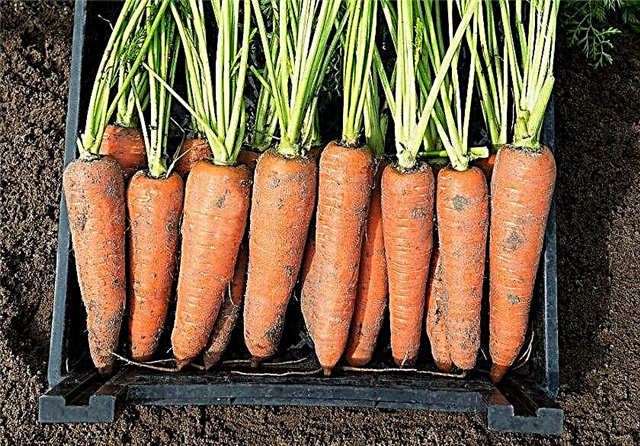
- Nandrin F1. Bred by Dutch scientists specifically for storing vegetables. It is considered the best Dutch hybrid. When sowing seeds in summer, the crop can be harvested in September. Fruits grow up to 20–23 cm and weigh about 200 g. Distinctive features are an inconspicuous core and the ability to produce crops on various soils. The variety tolerates increased humidity and shading of the site.

- Nantes-4. Hybrid varieties Nantes, adapted for cultivation in almost all climatic zones of the Russian Federation. High-yielding carrots (8–10 kg per 1 m²). The average weight of the root crop is 200 g with a length of 17–19 cm. A characteristic feature is an increased concentration of vitamins and beneficial components. The period of ripening does not exceed 100-112 days.
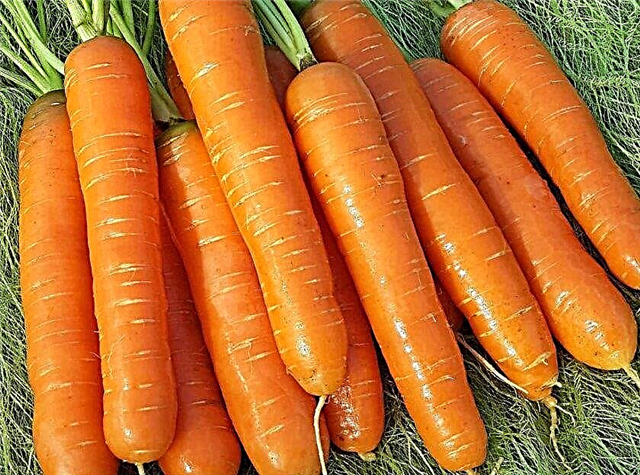
- Shantane. Proper care allows you to collect fruits of gigantic proportions. Carrots grow in a regular conical shape, with a slightly rounded tip. The disadvantage of the variety is its low resistance to pests, therefore, when caring for Shantan, special attention should be paid to prevention and regular fertilizer. Maturing term - 130–140 days, productivity - 15 kg from 1 m².

- Yellow carrots. The growing season does not exceed 90–100 days. Fruits of the correct form, cone-shaped, average weight - 400-450 g. Not suitable for use in raw form, designed for processing (canning, juices, etc.).
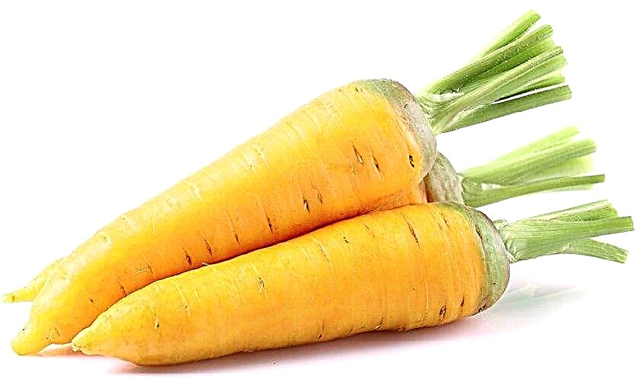
- White carrots. It is characterized by a pleasant aroma and unique taste. Root crops grow up to 350-400 g. Disadvantages - high demands on growing conditions, watering and recharge. In dry times, the fruits are reduced in volume.
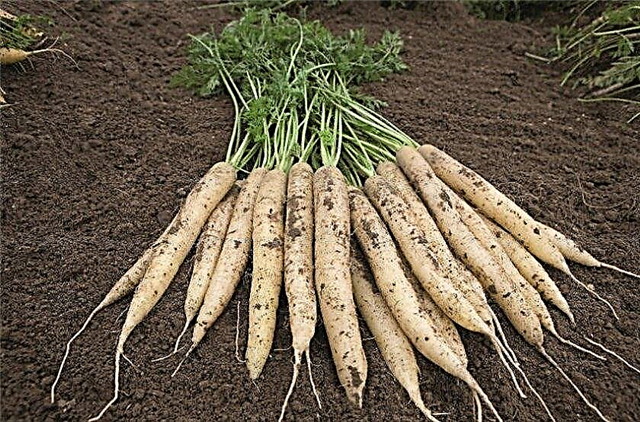
The sweetest
For those who are looking for the most juicy and sweet variety, the following options are offered:
- Maestro F1. An early ripe hybrid designed for cultivation in any climate zone. The main condition is frequent watering. The color of the fruit is saturated orange, the shape is conical. The variety stands out for its resistance to characteristic diseases.

- Amsterdam. The tubers are long, the core is thin. Differs in excellent keeping quality, during storage the fruits do not crack. The disadvantage is low productivity.

- Children's sweetness. Large-fruited, juicy carrots with a sweet, soft core. The color of the vegetable is red, suitable for diet and baby food.
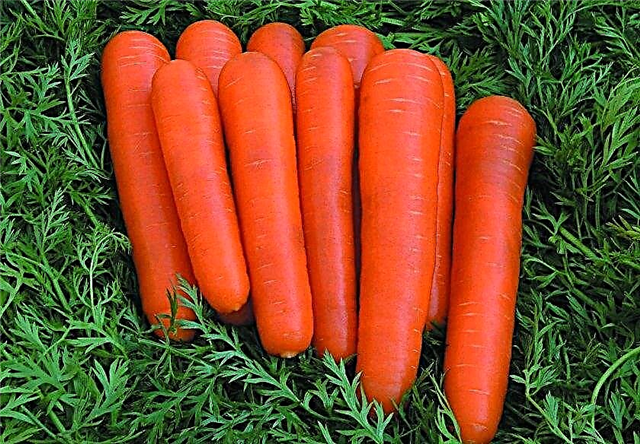
- Belgian White. Its fruits have a pleasant aroma.
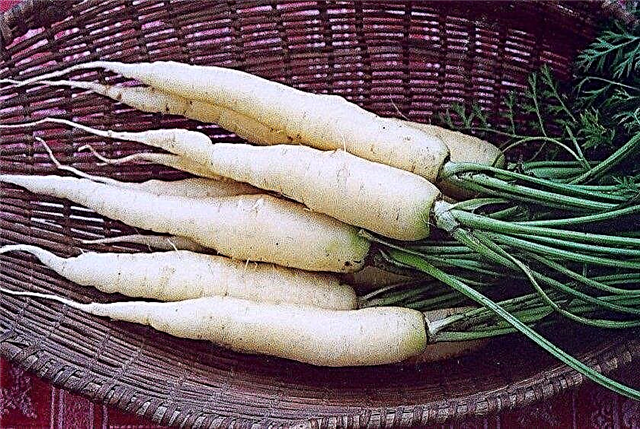
- Bolero F1. It withstands drought and hot days. The outer part and the core are the same orange tint. The plant is immune to alternariosis, root rot, cercosporosis.
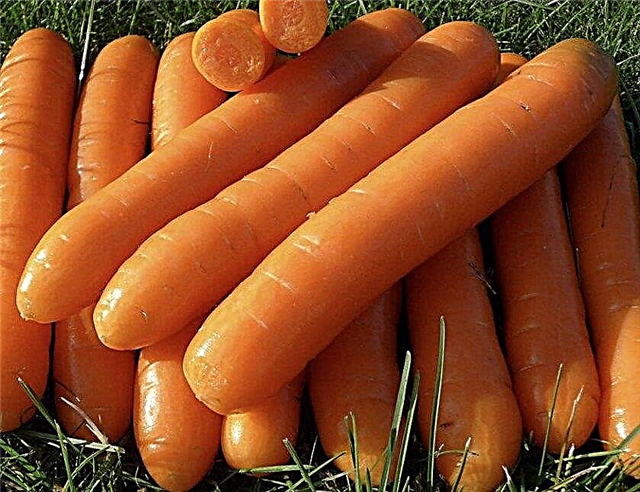
- Polar cranberries. After the seeds are planted, the crop is removed after 2 months. This makes the variety convenient for cultivation in harsh climatic conditions.

- Red giant. Small root crops are not found when growing this variety. The main advantage is that the sweetness persists until March.

- Samson. Fruits can be well preserved until spring.
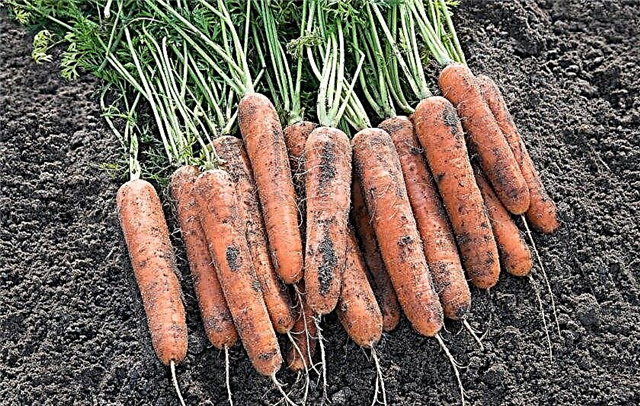
- Viking. Due to the increased concentration of carotene and excellent taste, it is recommended for baby food.

Maturity
All varieties of carrots are divided by ripening time. They are determined from seedlings to ripeness.
Did you know? The longest carrots were grown in Britain. The length of the fruit was 5.84 m. It is worth mentioning that most of the carrots were its long tail.
The best varieties of early ripening are:
- Alyonka. A variety of increased productivity, before the ripening of which takes only 50 days. The fruits are not too large, only up to 12 cm. On average, the weight of the tuber is 100 g. The taste is not sweet enough, but juicy.
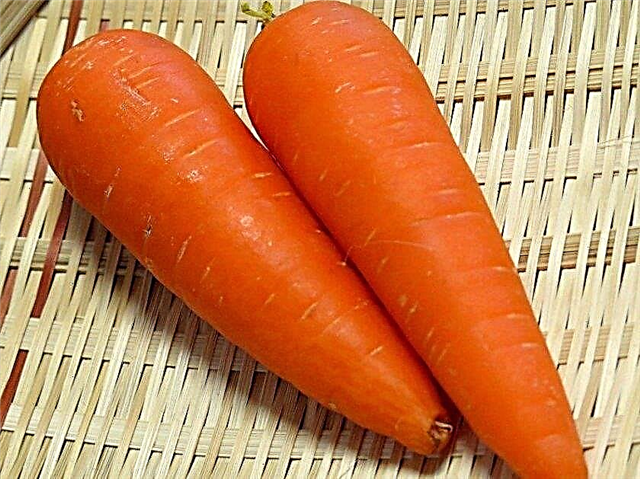
- Tuchon. The average weight of the fruit is 150 g, and the length is 20 cm.
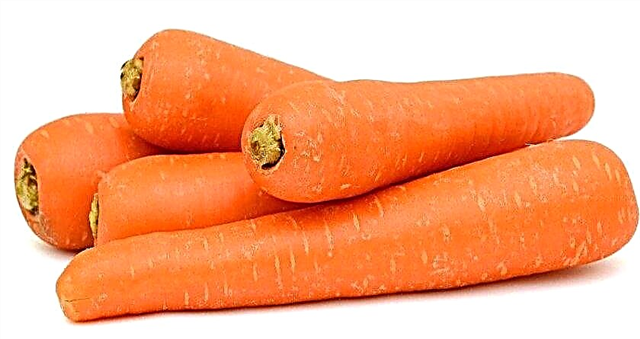
- Carotel Paris. A hybrid capable of producing crops on heavy, clay soil. The tubers are small, up to 5 cm in volume and weighing up to 60 g. They accumulate a lot of sugars and carotene. Due to the fact that they are susceptible to cracking, they are not suitable for long-term storage.
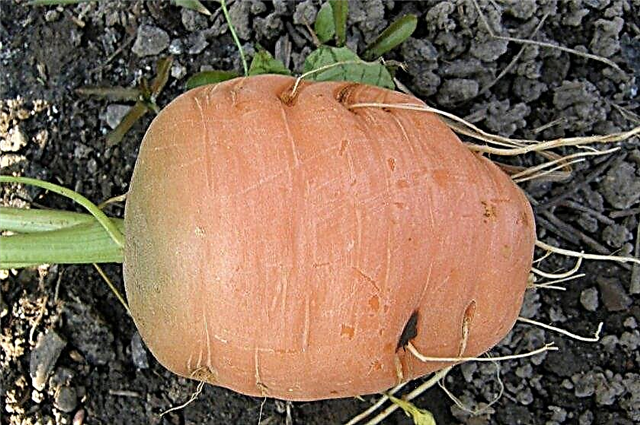
Carrots with an average ripening period are represented by a wide variety of varieties. But the best among them are:
- Losinoostrovskaya 13. Zoned throughout the Russian Federation, can be cultivated in regions with a short summer. The average ripening period is 110 days. Resists frosts to -13 ° C. The length of the tubers is 15 cm, and the mass is 115 g. The tubers are saturated orange in color, which indicates a large accumulation of carotene. Productivity reaches 7–7.5 kg per 1 m².
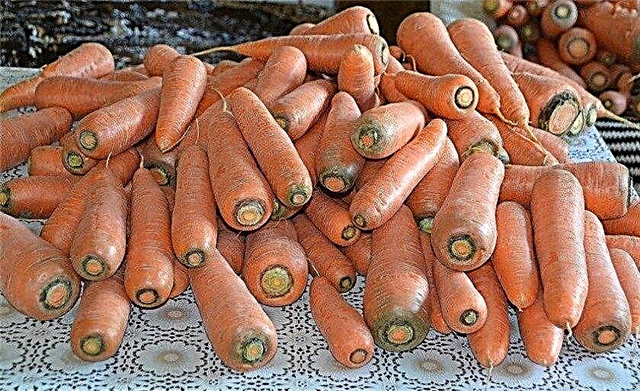
- Nantes. Full ripening occurs 85–90 days after planting. The average weight is 160–170 g, length - 16 cm.
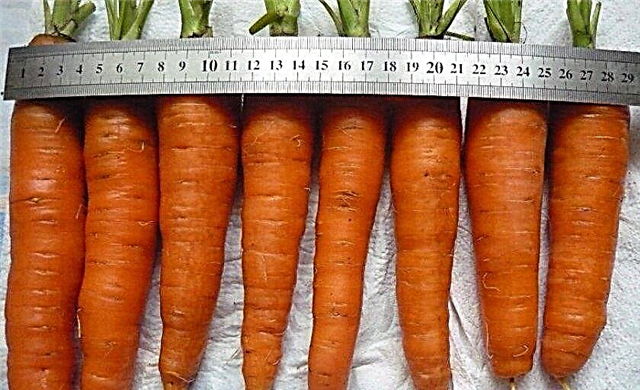
- Moscow winter A515. A variety that has been neglected until recently is today regaining its leadership position. You can plant as a winter variety. Fruits reach 16 cm in length, standard weight - 170 g. Productivity - 7 kg per 1 m². Good keeping quality.
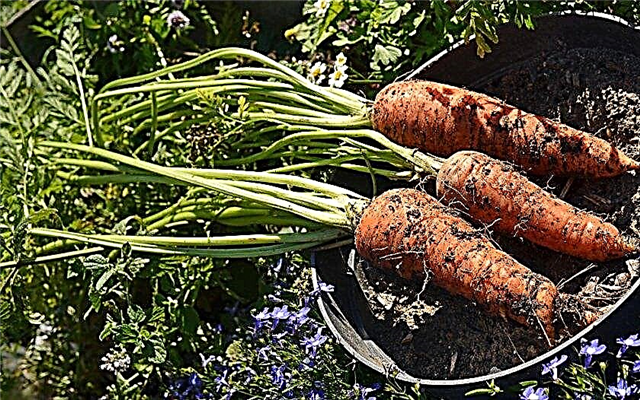
- Vitamin. The fruits are dug after 110–120 days after the seedlings are poked. Carrot length - 15 cm, weight - up to 150 g.
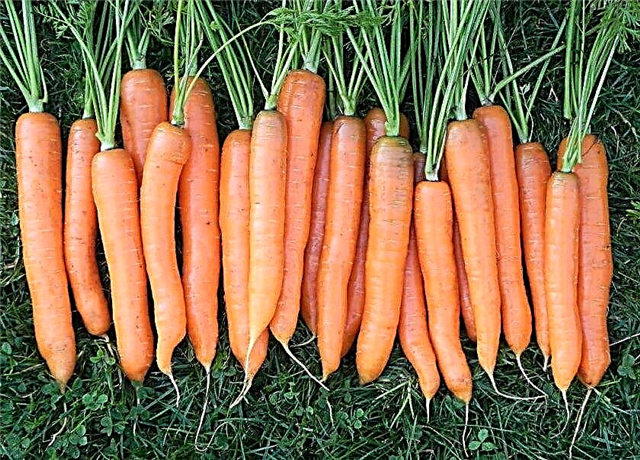
Late-ripening varieties are very well stored, but practically not suitable for cultivation in difficult climatic conditions.
Did you know? The most weighty carrots were grown in Alaska. Her weight was 8.61 kg.
The best of them are:
- Queen of the fall. A young variety entered in the State Register in 2005. Zoned for the middle lane and the Far East. It takes 125 days to ripen the fruit. Root crops are massive, but vary greatly in parameters (20–30 cm). On average, the weight is 80–230 g. The pulp is saturated orange, almost red. Productivity reaches 9 kg with 1 m². Unsweetened fruits.
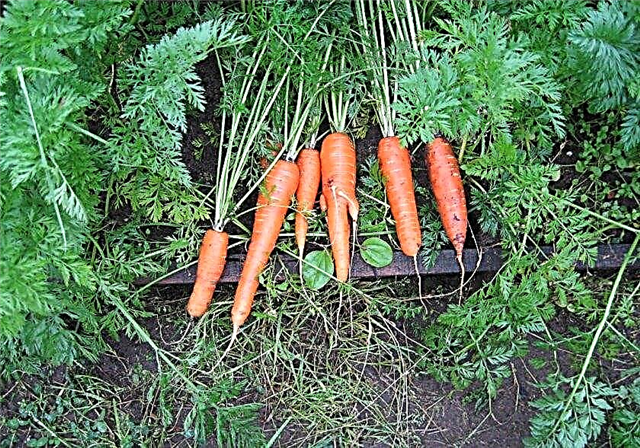
- Red giant. A hybrid with smooth root crops up to 25 cm long. For aging, it will take 150 days. The fruits are dark orange.

- Flacca. Fruits are harvested 100–122 days after planting. The standard size of the fruit is 30 cm and the weight is 150–170 g.
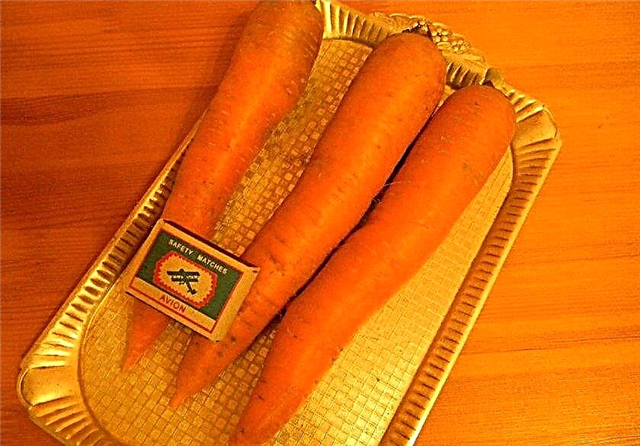
Cleaning and storage
The grown crop should be harvested correctly and on time - the culture does not tolerate a long stay in the garden, and the fruits lose their juiciness and taste.
Harvest time depends on sowing time and variety. Bundle varieties are harvested in July, and those vegetables that are planned to be stored in the winter are dug up at the end of September, when the tops turn yellow.
When harvesting, not shovels are used, but garden pitchforks - so damage to root crops can be avoided. The undermined vegetable is pulled by the tops, which are immediately cut with a sharp knife. The green part is cut off completely, without leaving stalks.
For long-term storage, such instances should be selected:
- mature
- without damage, rot, signs of disease;
- solid (they deteriorate least).
All selected root crops are dried for several hours in the shade, stacked in ventilated containers and cooled to 0 ° C. Store vegetables in a dry, cool room, without temperature changes (basement, cellar).
Important! After harvesting, carrots should not be heated. From this, its shelf life is reduced.
The cultivation of carrots is an exciting and useful activity. In most cases, experienced gardeners do not grow only one variety, successfully alternating sweet, large, early ripe species and varieties of late ripening. And knowledge of the main features of growing vitamin root crops will allow you to get a generous, juicy and tasty crop.


























